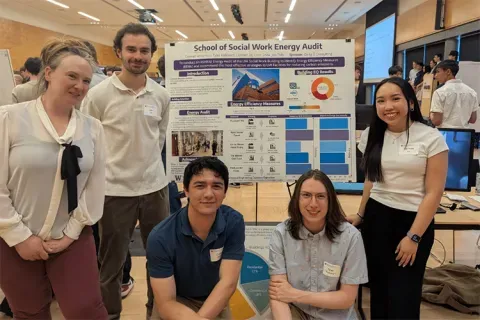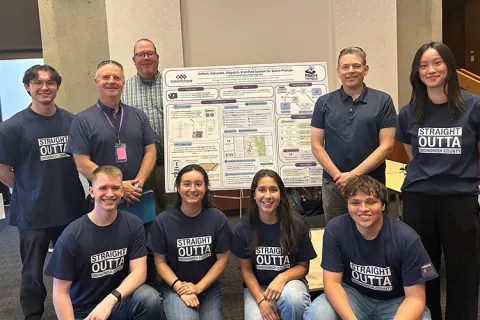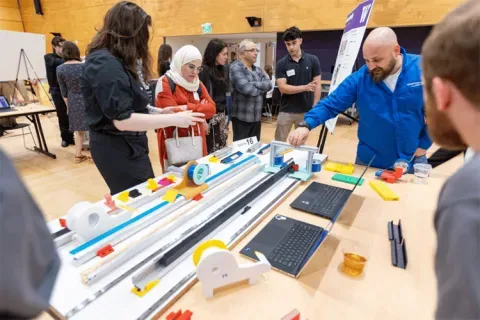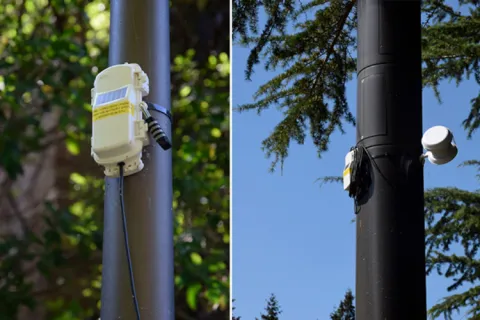Sony
Creating Intelligent Customer Facing Interactions
Students will work to identify ways Sony can improve their interactions with Sony customers. Sony seeks to enhance and improve the Sony customer experience. Sony wants to understand how the Sony customer wants to interact with the company when purchasing, troubleshooting, or asking questions. Sony wants to understand the customer’s ideal model of interactions and the customer's concerns with speaking to emerging technologies such as AI. Sony wants to be able to create personalized experiences that meet the Sony customer needs. Design Parameters and Performance this student team will work to incorporate include: - A focus on creating enhanced customer-facing interactions using AI - Consideration of the role of AI and similar models - A focus on creating consumer-facing tutorials or support using generative AI agents or support materials - A focus on purchases or post-purchase interactions (troubleshooting, question, customer service, etc.) - Application to any Sony product - Consideration of emerging technology and how it could be integrated to improve the purchasing experience Outcomes this student will work to achieve include: - Use cases or frameworks - A final report and presentation - Notes/recordings - Presentation at Sony to Sony stakeholders
Faculty Adviser(s)
Daniela Rosner, Human Centered Design & Engineering
Related News

Mon, 10/13/2025 | UW Mechanical Engineering
Capstone collaboration leads to award
An ME capstone team received first place for its energy audit of the UW School of Social Work building.

Thu, 07/17/2025
UW engineering students develop smart ballot solution
UW engineering students develop smart technology solution to improve ballot collection for Snohomish County.

Mon, 07/07/2025 | UW Mechanical Engineering
Capstone creations
Students displayed innovative capstone design projects at the 2025 expo.

Fri, 09/20/2024 | UW Civil & Environmental Engineering
Smarter irrigation for a greener UW
A new project combines satellite data with ground sensors to conserve water and create a more sustainable campus environment.